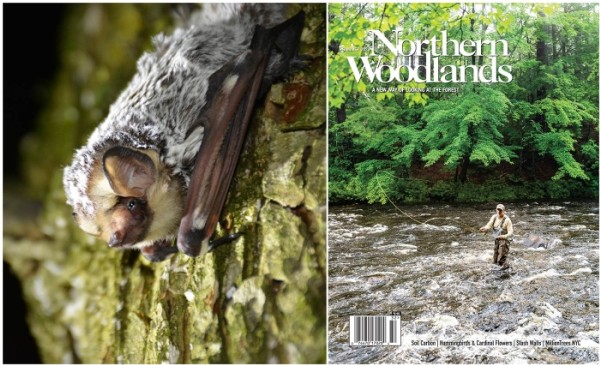
Two of the regular columns in the Summer 2023 issue of Northern Woodlands magazine are related to northeastern bats. Forest Insights describes opportunities to promote summer bat habitat in forests, and Discoveries includes a summary of DNA analysis by researchers at the University of New Hampshire, to determine the summer diets of little brown bats in a specific region.
To complement these articles, we asked Heather Kaarakka, a conservation biologist with the Wisconsin Department of Natural Resources, to share some of her photographs related to bat habitat. Our thanks to Kaarakka for generously providing these images and explanatory captions.
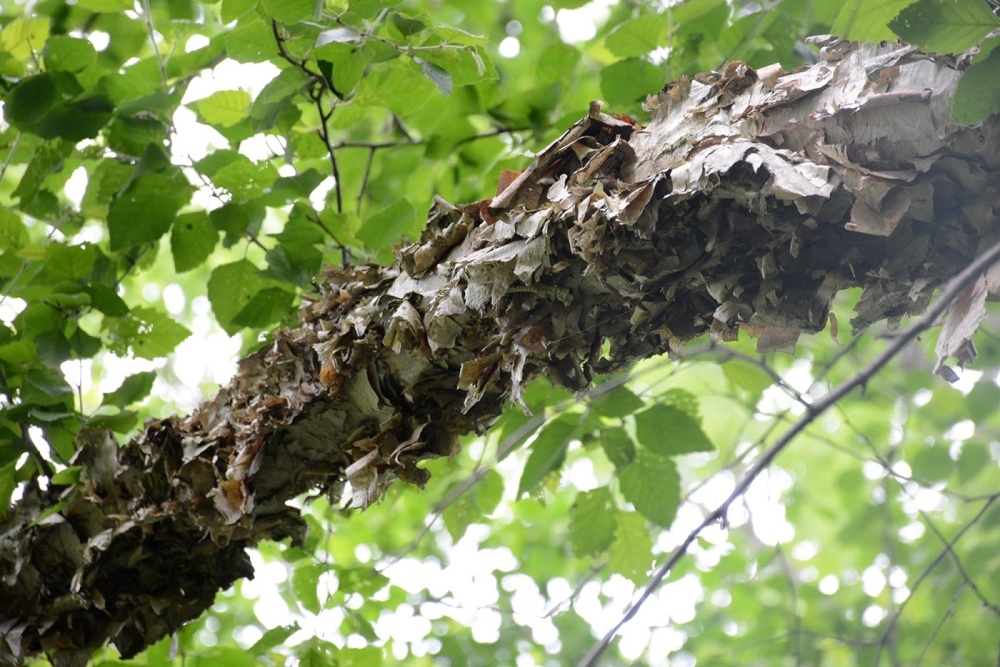
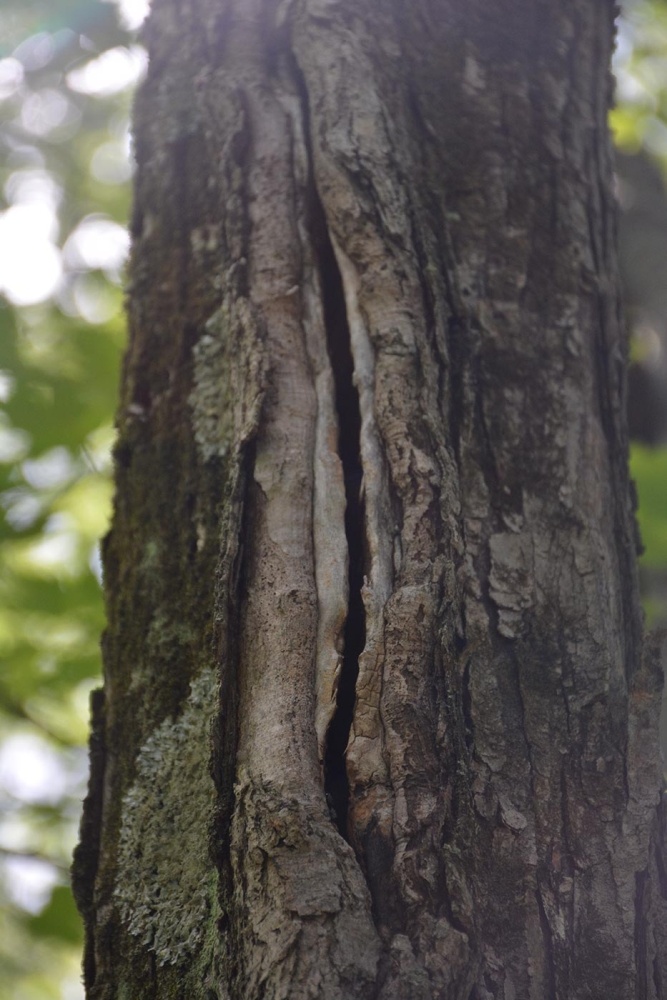
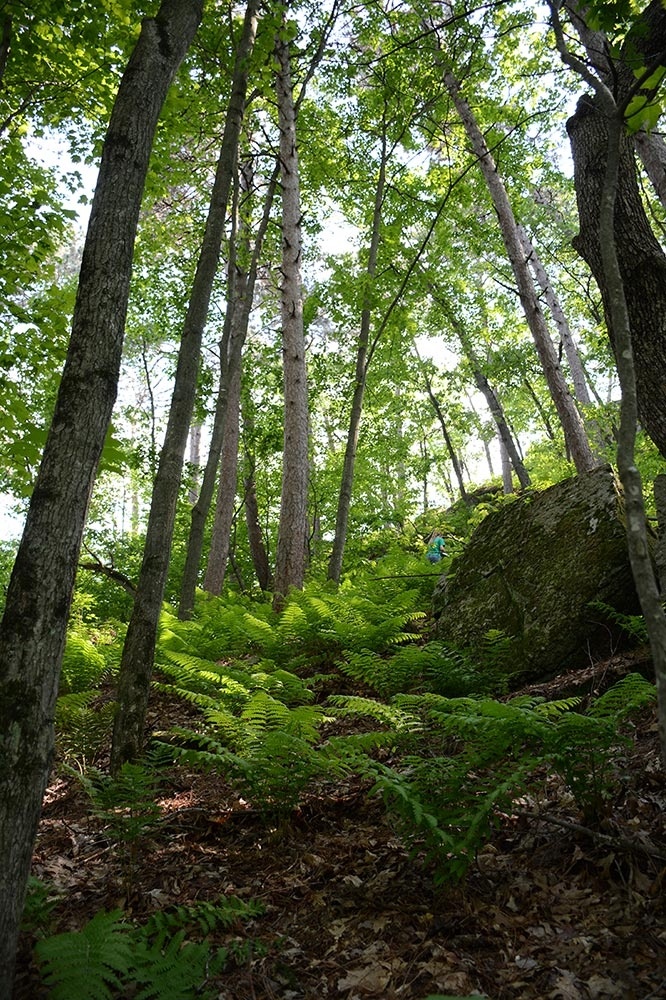
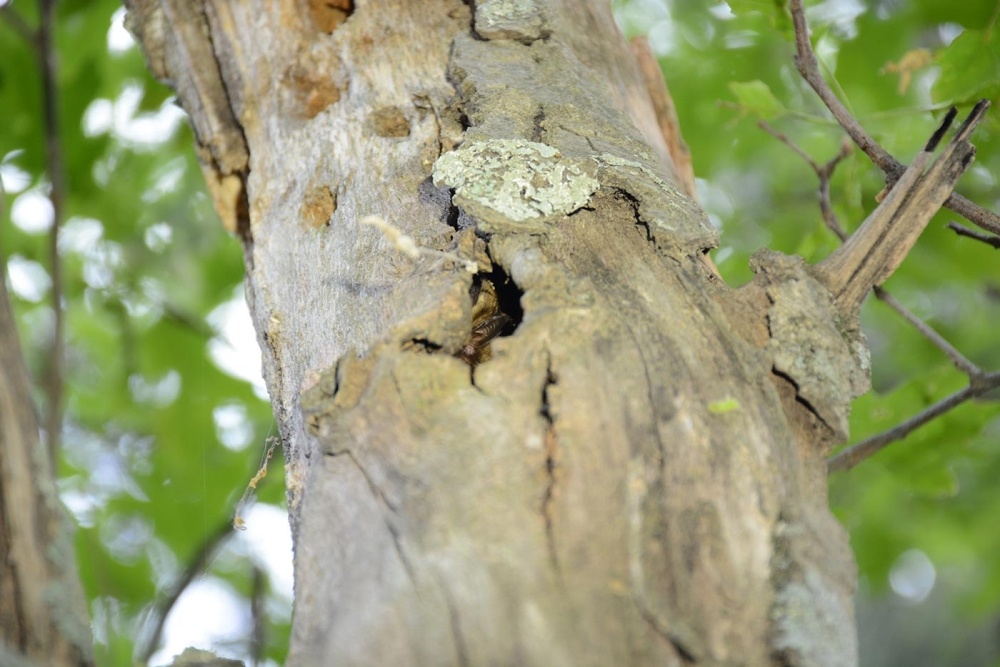
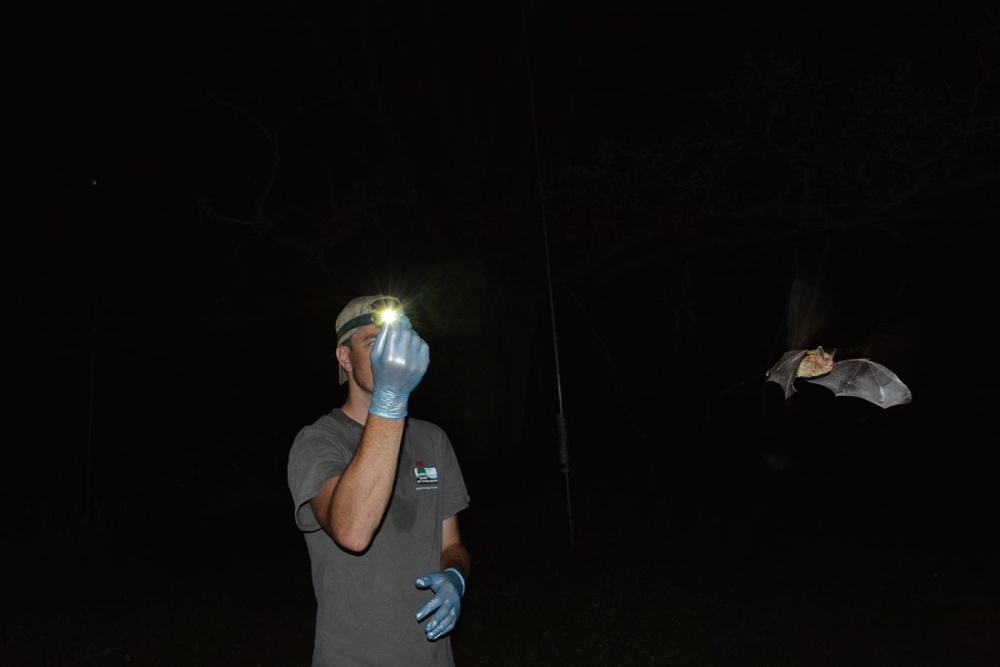
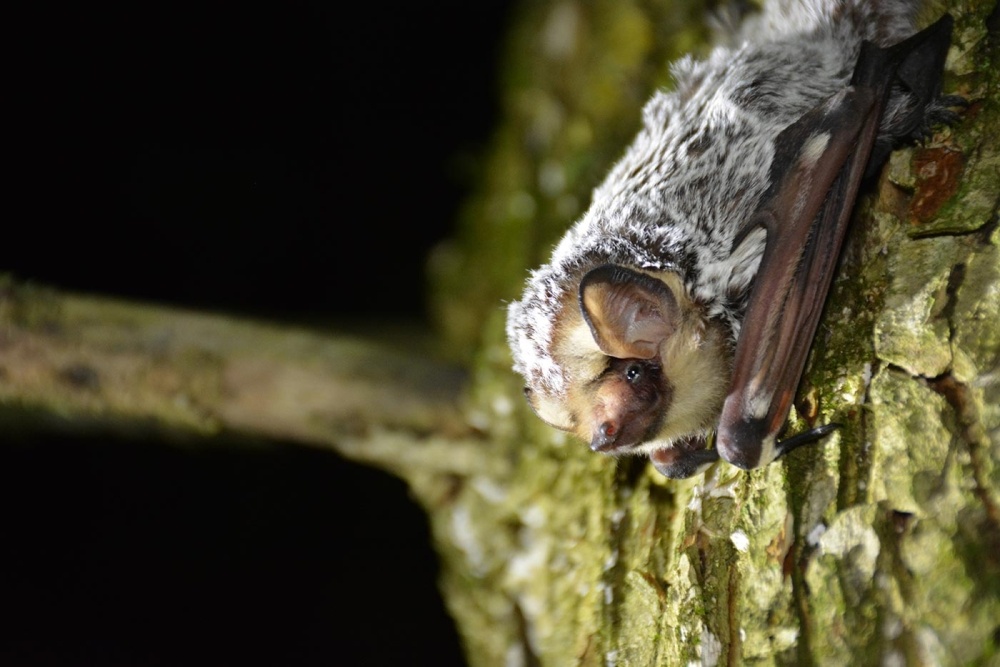
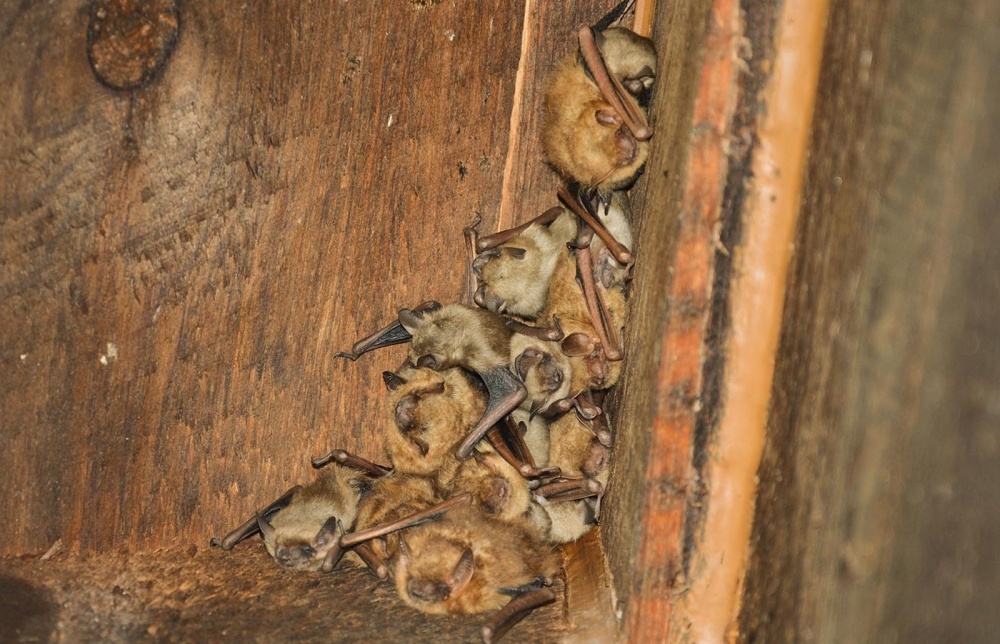
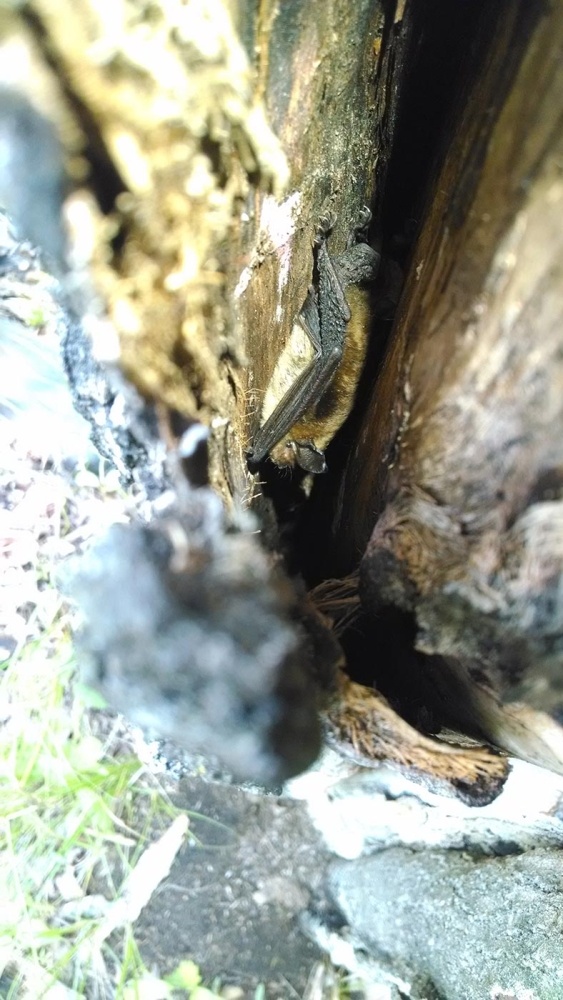
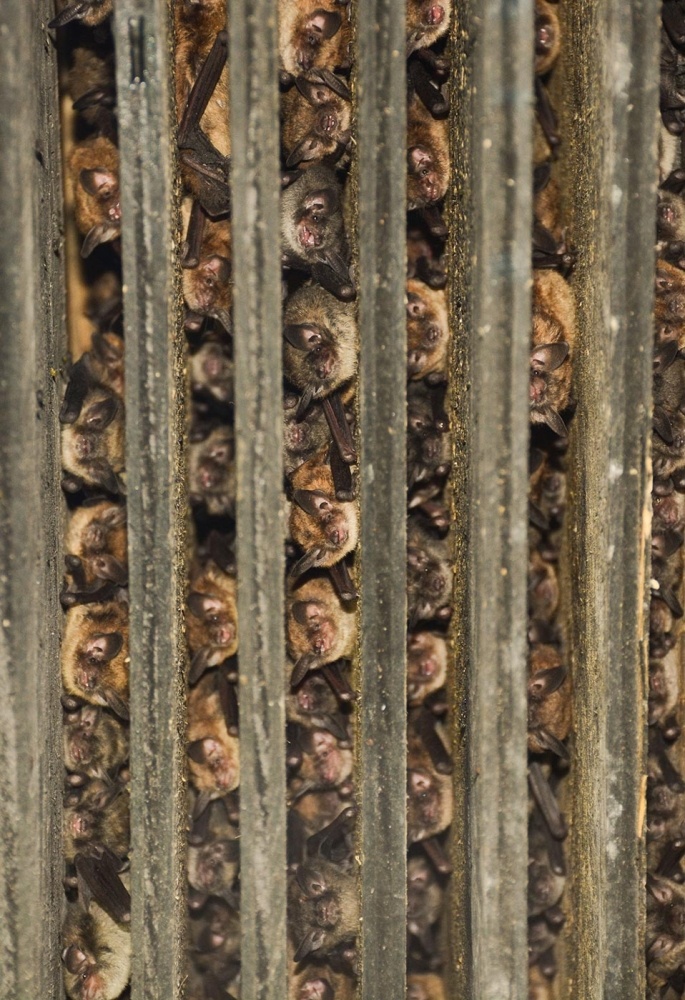
This web extra accompanies the articles Managing Forests for Bats by Ethan Tapper and Characterizing Community Forests by Catherine Schmitt in the Summer 2023 issue of Northern Woodlands.
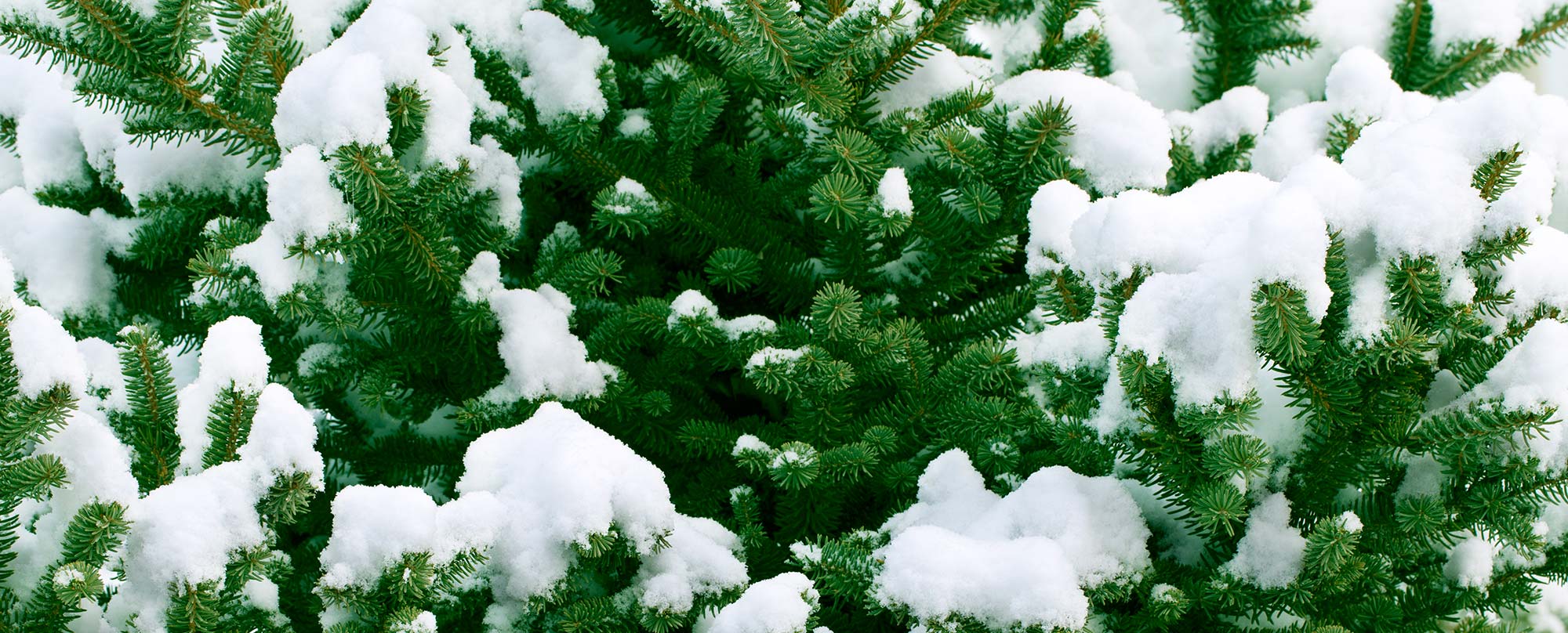

Discussion *